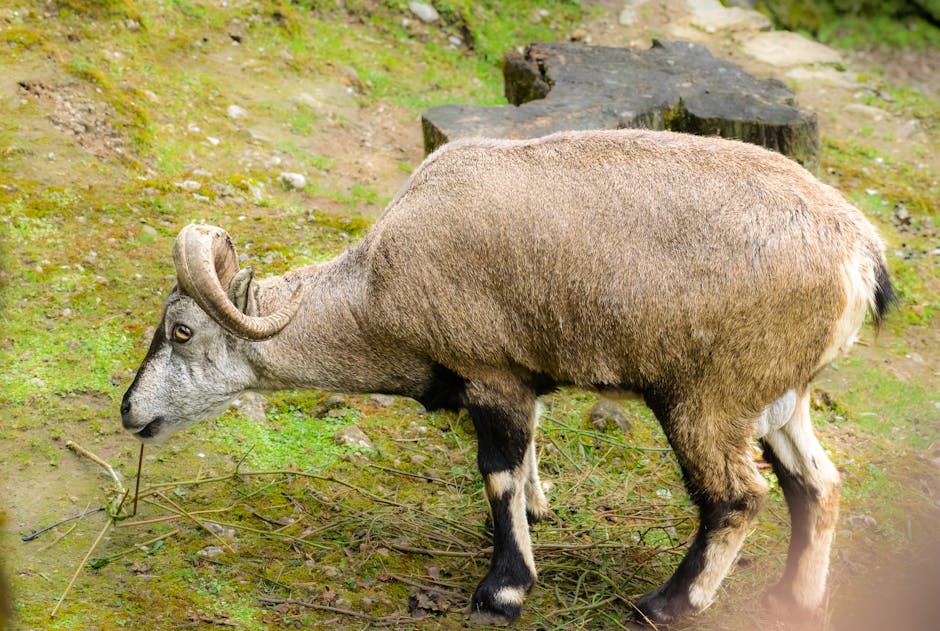The majestic Himalayas, usually a source of spiritual solace and breathtaking beauty, are today a landscape of terror and tragedy. A catastrophic weather system has unleashed its fury across a vast swathe of the mountain range, from the lush tea gardens of Darjeeling in India to the icy heights of the Mount Everest region in Nepal. Relentless rains, freak snowstorms, and deadly landslides have claimed dozens of lives and left hundreds of tourists, trekkers, and locals stranded in a desperate fight for survival.
Devastation in India’s Darjeeling and Sikkim
The devastation began in India’s eastern Himalayas. The regions of North Bengal and Sikkim, bustling with post-monsoon tourist activity, were caught completely off-guard by what meteorologists are calling an “unprecedented and ferocious” weather event. Incessant torrential rain triggered a series of devastating landslides, turning serene hillsides into cascading rivers of mud and rock.
The crucial National Highway 10, which connects Sikkim and the popular hill stations of Darjeeling and Kalimpong, has been severed by multiple landslides, effectively cutting the region off from the rest of the country. Reports from the ground paint a harrowing picture: homes swept away, bridges collapsed, and entire villages isolated. Rescue operations, spearheaded by the Indian Army and the National Disaster Response Force (NDRF), are in a frantic race against time, but the continuous Himalayan rain and treacherous terrain are posing immense challenges. “We are working 24/7, but the visibility is near zero and new landslides are occurring every few hours,” an NDRF official told NextMinuteNews from the disaster zone.
Unseasonal Snow Traps Trekkers on Mt Everest
The devastation wasn’t confined to India’s borders. The same weather system spiralled northwest into Nepal, wreaking havoc on the popular Everest and Annapurna trekking circuits. What began as rain in the lower valleys quickly turned into heavy, unseasonal snow at higher altitudes, trapping hundreds of international trekkers and their local guides.
Communications with many high-altitude camps have been severed. The few messages that have trickled out speak of dwindling food supplies, freezing temperatures, and the constant threat of avalanches. Nepalese authorities have launched helicopter rescue missions, but the turbulent weather is severely limiting their ability to reach the most remote and worst-affected groups. Seasoned mountaineers are calling it one of the worst early-winter disasters in recent memory, a grim reminder of the Himalayas’ unforgiving nature when hit by extreme snow and rain.
A ‘Brutal Symptom’ of Climate Change
This tragedy highlights a terrifying new reality for the region. Climate experts have long warned that global warming is making Himalayan weather more erratic and extreme. The delicate geological balance is being disrupted, leading to more frequent and intense flash floods and landslides. This event is not just a freak storm; it’s a brutal symptom of a larger, more frightening problem impacting the entire Himalayan belt, from India to Nepal.
As rescue teams battle against the odds, a chilling silence hangs over many parts of the world’s highest mountain range. For the families awaiting news of their loved ones, it is an agonising wait. For the hundreds still stuck in the Himalayan rain and snow, it is a battle of endurance against the elements. For now, a region famed for its peaks is bowed in prayer, hoping for the skies to clear and for their loved ones to return home.




